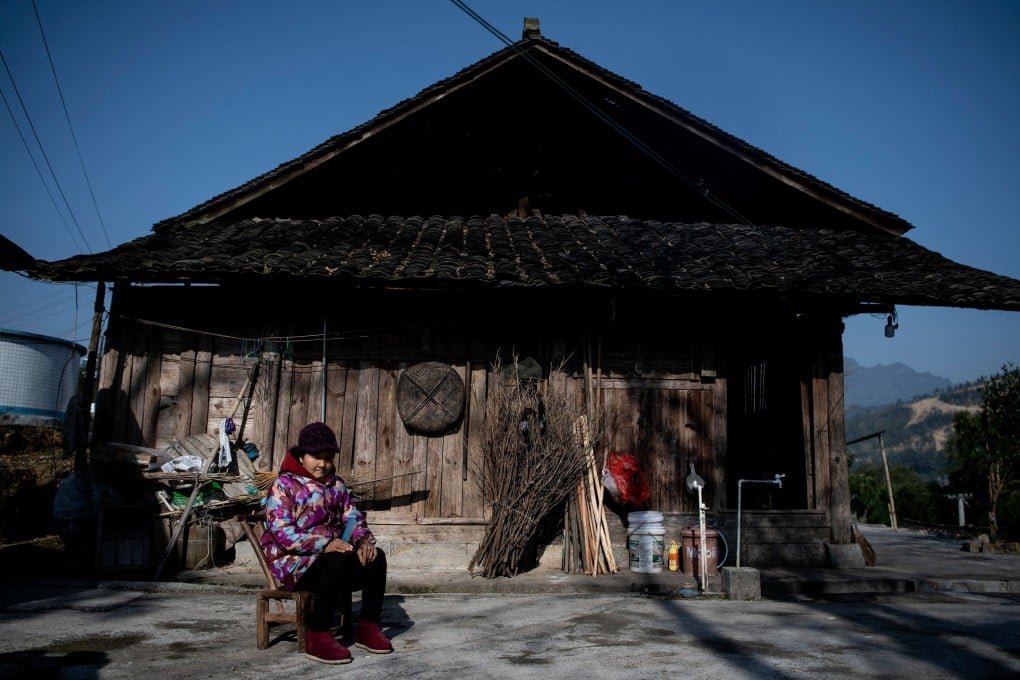Explainer | China poverty: Beijing says it’s been eradicated, but what exactly has been achieved?
- China has lifted hundreds of millions of people out of extreme poverty after launching economic reforms in the 1970s
- But some observers are sceptical about the accuracy of Chinese data and question how Beijing will sustain the anti-poverty drive

President Xi Jinping heralded the feat as a “major victory” that the Chinese Communist Party had wanted to achieve before the centenary of its founding in 2021.
But what do the numbers say?

02:47
China looks to boost its middle class as it wraps up Xi Jinping’s anti-poverty drive
What counts as poverty?
China’s poverty line is around US$2.30 a day – slightly above the World Bank’s lowest threshold of US$1.90 but below what is recommended for measuring higher income countries.
Local officials have gone door-to-door to determine who is impoverished, measuring by income, housing conditions, lack of medical insurance and whether family members drop out of school.
Some families who own cars or large farm equipment were automatically ruled out of consideration, regardless of their other circumstances.